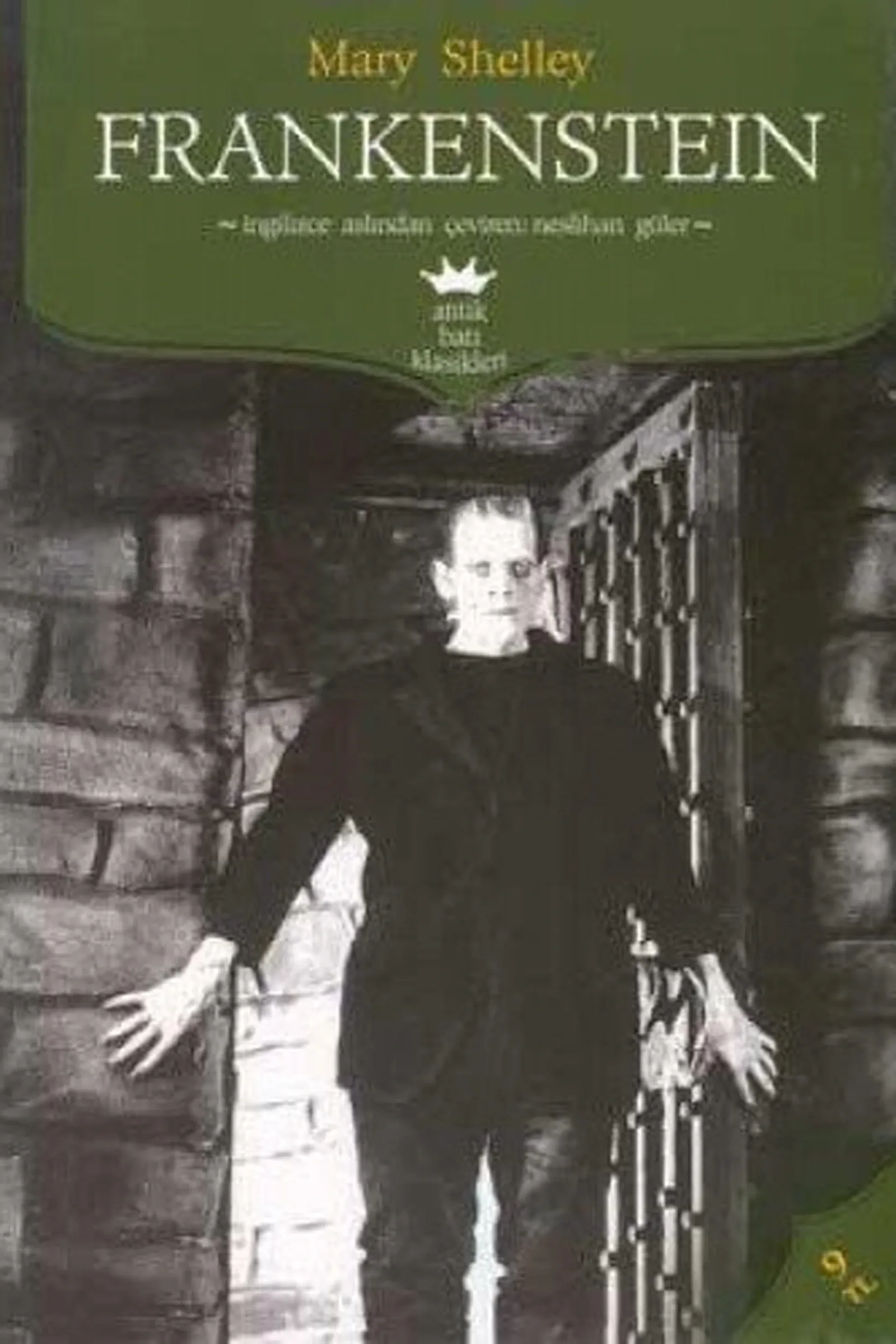Frankenstein, Mary Shelley, 1818
- Author: Mary Shelley
- Genre: Horror/Gothic
- Publisher: Penguin Classics
- Publication Year: 1818
- Pages: 280
- Format: Paperback
- Language: English
- ISBN: 978-0486282114
- Rating: 4,1 ★★★★☆
Frankenstein Review
About
First published in 1818, Mary Shelley’s Frankenstein sits at the hinge between Gothic fiction and the birth of modern science fiction. Written after the famous ghost-story challenge near Lake Geneva, it distills anxiety about rapidly advancing science into a personal tragedy about responsibility. The novel’s enduring power comes from its moral focus: not the spark that animates life, but what we owe the life we animate. Few books have shaped cultural language so deeply—“Frankenstein” now names both the maker and his mistake.
Overview
The novel frames Victor Frankenstein’s confession inside Arctic letters written by explorer Robert Walton, which gives the story an eyewitness immediacy. Victor, a brilliant, restless student, becomes obsessed with unlocking the mechanisms of life and assembles a living being from parts. Horrified by what he has made, he flees, leaving the creature to survive alone. The creature educates himself by observing a peasant family and reading; when he seeks companionship, he is met with violence and disgust. Their paths cross again in the Alps, where the creature asks for a mate so he can live harmlessly and unseen. Victor must choose between compassion and fear, and that choice sends them both on a long pursuit.
Summary
(light spoilers) Victor grows up in Geneva, captivated by natural philosophy and new experiments in electricity. At university he chases a grand, abstract goal—conquering death and disease—and succeeds in animating a gigantic figure, only to recoil from its looks and abandon it. Alone, the creature learns language from a nearby cottage, absorbs stories and ethics from books, and discovers that kindness and beauty seem reserved for those who look human. A failed attempt to befriend a blind man ends in panic and assault, convincing the creature that society has judged him before he can speak. He finds Victor and proposes a pact: build him a companion and he will disappear to a distant wilderness. Victor begins the work but, imagining a “race of devils,” destroys the unfinished mate, breaking his promise. The creature answers with symmetrical revenge that strikes Victor’s friend and, on the wedding night, the person he loves most, pushing Victor into obsession. Haunted by guilt and rage, Victor chases his creation across rivers, seas, and ice toward the far north, where the outer cold mirrors his inner desolation. Walton’s final letters close the frame, weighing exploration, ambition, and mercy without offering a simple verdict.
Key Themes / Main Ideas
• Creation and responsibility — making life vs. caring for it.
• Outsiderhood and empathy — who counts as human, and why.
• Knowledge and hubris — ambition outrunning ethics and foresight.
• Nature vs. nurture — character shaped by treatment, not essence.
• Storytelling frames — competing narrators shape our judgment.
Strengths and Weaknesses
• Strengths — Layered narration that invites argument rather than answers; vivid landscapes that externalize emotion; a humane focus on duty, not spectacle.
• Strengths — The creature’s voice is a surprise: articulate, wounded, morally challenging.
• Weaknesses — Occasional Victorian discursiveness and travel detours slow momentum.
• Weaknesses — Melodramatic beats can feel mannered to modern readers, though the core questions remain sharp.
Reviewed with focus on themes, audience, and takeaways — Mary Shelley
| pa_author | Mary Shelley |
|---|---|
| ISBN | 978-0-946-90309-5 |
| pa_year | 2005 |
| Pages | 357 |
| Language | English |







